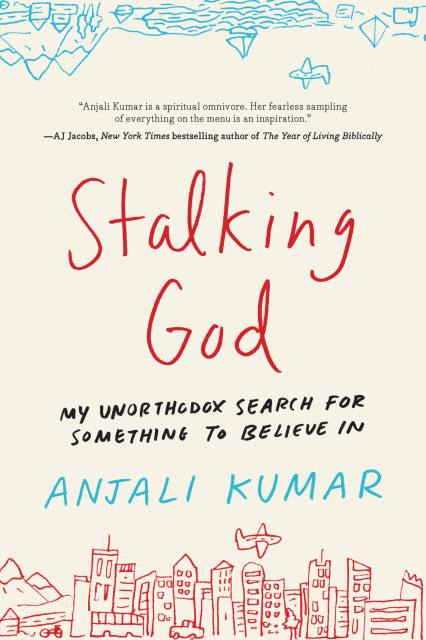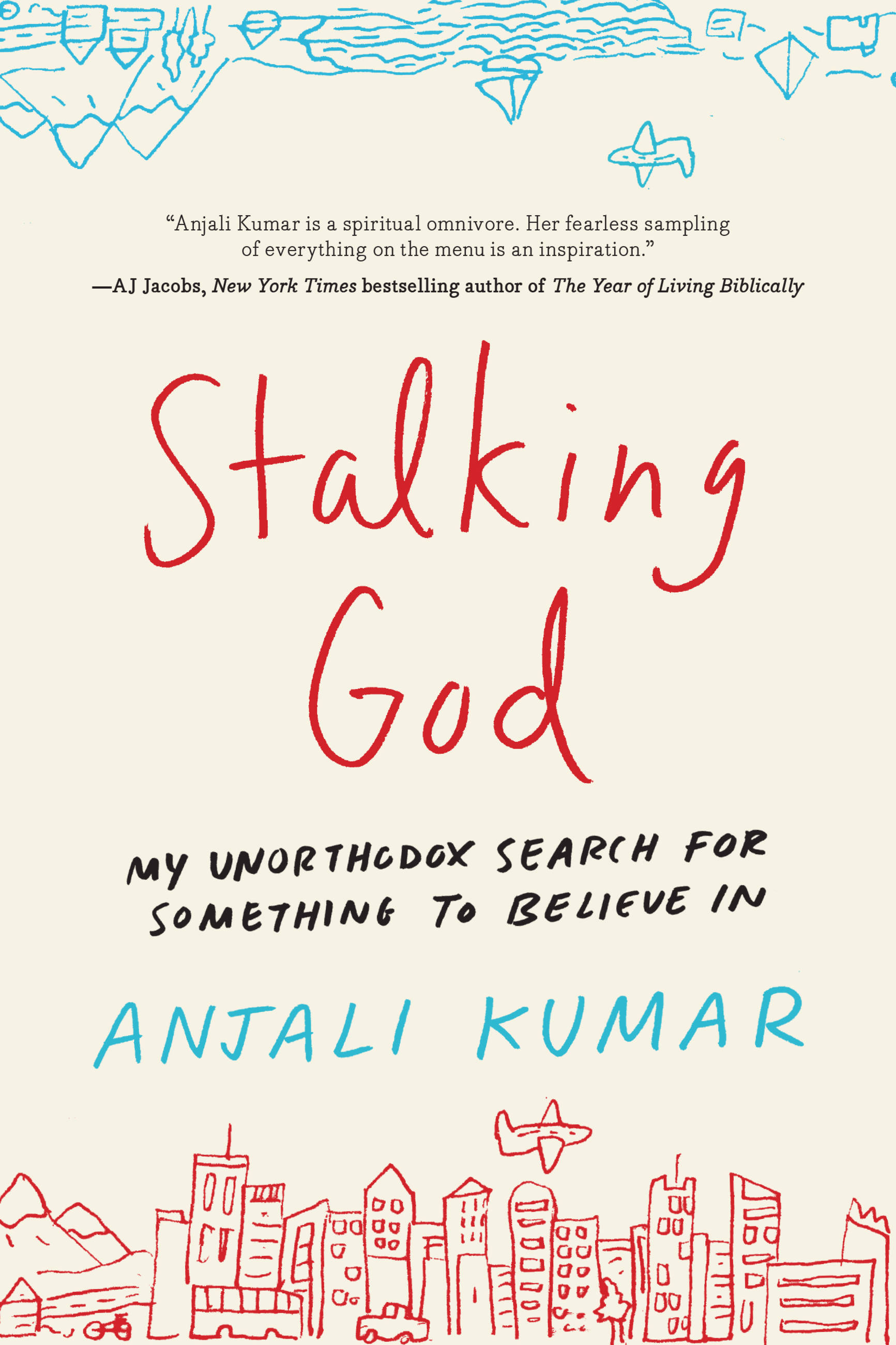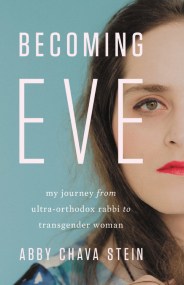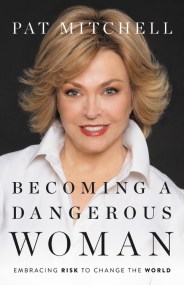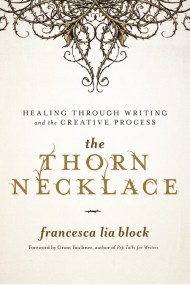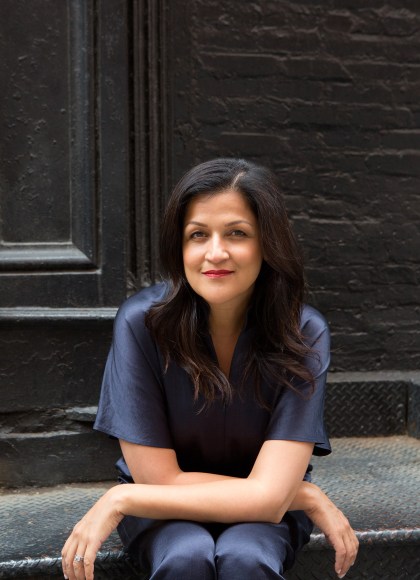Promotion
Use code MOM24 for 20% off site wide + free shipping over $45
Stalking God
My Unorthodox Search for Something to Believe In
Contributors
By Anjali Kumar
Formats and Prices
Price
$16.99Price
$21.99 CADFormat
Format:
- ebook $16.99 $21.99 CAD
- Hardcover $26.00 $34.00 CAD
This item is a preorder. Your payment method will be charged immediately, and the product is expected to ship on or around January 16, 2018. This date is subject to change due to shipping delays beyond our control.
Also available from:
Convinced that traditional religions were not a fit for her, and knowing that she couldn’t simply Google an answer to “What is the meaning of life?”, Kumar set out on a spiritual pilgrimage, looking for answers — and nothing was off limits or too unorthodox. She headed to the mountains of Peru to learn from the shamans, attended the techie haunt of Burning Man, practiced transcendental meditation, convened with angels, and visited saints, goddesses, witches, and faith healers. She even hired a medium to convene with the dead.
Kumar’s lighthearted story offers a revealing look at the timeless and vexing issue of spirituality in an era when more and more people are walking away from formal religions. Narrated from the open-minded perspective of a spiritual seeker rather than a religious scholar, Kumar offers an honest account of some of the less than mainstream spiritual practices that are followed by millions of people in the world today as she searches for the answers to life’s most universal questions: Why are we here? What happens when we die? Is there a God?
Genre:
- On Sale
- Jan 16, 2018
- Page Count
- 256 pages
- Publisher
- Seal Press
- ISBN-13
- 9781580056625
Newsletter Signup
By clicking ‘Sign Up,’ I acknowledge that I have read and agree to Hachette Book Group’s Privacy Policy and Terms of Use
